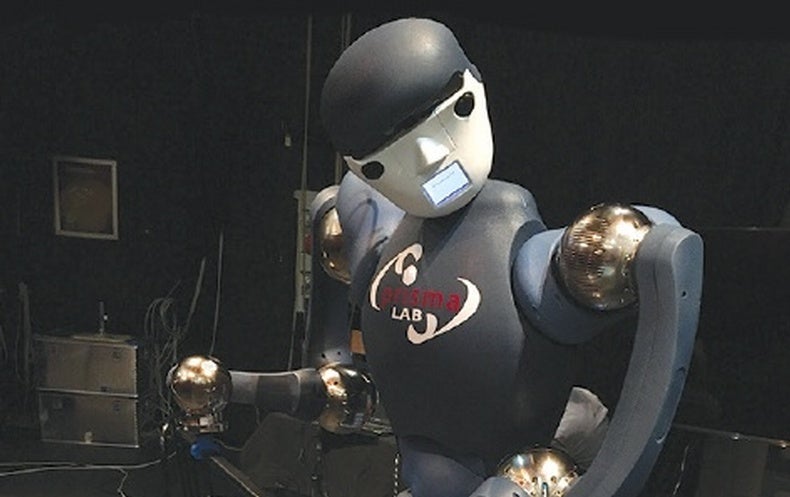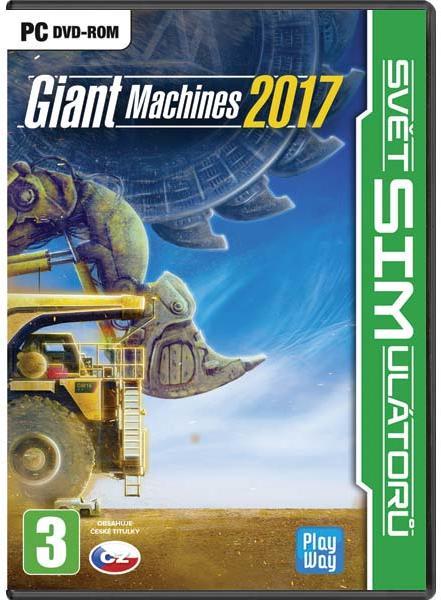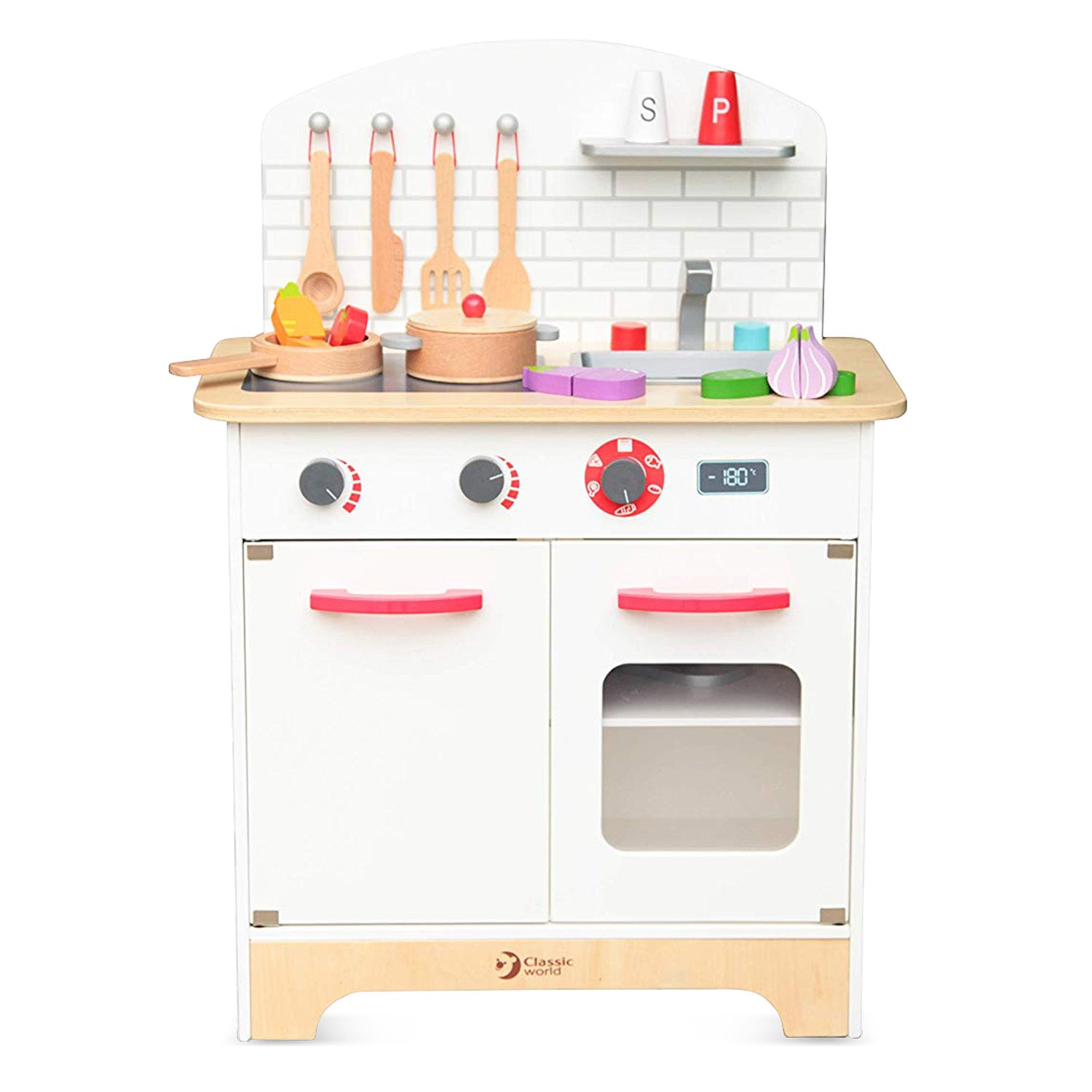
"Many people tell me they haven't tried sous vide because it is difficult when it is exactly the opposite," Hobgood said. But if you're willing to shell out the cash, cooking sous vide at home shouldn't be intimidating just because it sounds fancy. Sous vide cooking equipment can be more costly than your typical kitchen gadget: Sansaire's version is $199, so it's a bigger investment than a $10 zoodler. "Foods are cooked evenly from edge to edge, to exactly the doneness you want." Similar to a crockpot, foods being cooked sous vide can be left unattended and don't need to be cooked to the exact minute.

"Sous vide uses precise temperature control to achieve perfect, repeatable results that you just can't replicate through any other method," Johnna Hobgood, CEO of Sansaire, which makes sous vide machines for home kitchens, explained in an email. He then cooks it in water about 125 degrees Fahrenheight to create a perfectly poached egg. If you want to try this at home, Connolly recommends lining the inside of a coffee mug with plastic wrap, spraying it with cooking spray, cracking an egg in the mug and wrapping the plastic wrap around it and tying it up. While nothing can replace a vacuum sealer that removes all of the air from a package of wrapped food, plastic wrap or Ziploc bags can be used to mimic the sous vide style of cooking.Īt RIDER, Connolly makes a "perfectly congealed egg" using an immersion circulator, but not a vacuum wrapper. "If you're smart about it, sous vide can be very useful," Burns said.
#WORLD CHEF HACK TOOL 2017 FULL#
He also uses it to marinate meat, but "doesn't swear by it," as in it's not the end-all-be-all of cooking techniques, it's just another tool in his chef's repertoire.įor creative chefs, sous vide can also be used in non-traditional ways, such as infusing bread for French toast (as Burns has) to keep the bread from getting soggy and injecting it full of flavor. "Sous vide is very good for pickling, because the flavor transfer is very fast," he explained. And thus, sous vide was born as a cooking technique for gourmet chefs.Ĭhef Daniel Burns, who was the head of Brooklyn's Luksus also uses the sous vide technique for pickling pearl onions, turnips, carrots and more.

He tried shrink-wrapping the foie gras before slow cooking it and, voila, only 5% of the weight was lost with this method that resulted in a fattier, more flavorful goose liver. As food writer Bee Wilson explains in Consider the Fork: A History of How We Cook and Eat, Troisgros was displeased that his foie gras was losing half of its weight when it was sautéed, a huge expense for his restaurant.

In 1971, Bruno Goussault, chief food scientist at corporate cooking agency Cuisine Solutions, started working on sous vide technology, using vacuum packing and plastic wrap to tenderize beef and revolutionize the way everything from catering to chain restaurants to military food service worked.īut in 1974, a French chef and restaurateur by the name of Pierre Troisgros discovered that the plastic-wrapping technique could be used to make food taste better, not just last longer.

In the late 1960s, French and American engineers started using vacuum packaging to give perishable foods a longer shelf life, similar to the vaccuum-packed deli meats of the 1940s, the first of any food preserved this way.


 0 kommentar(er)
0 kommentar(er)
